Fun Pluto Facts for Kids
Pluto is actually the most confusing object in our solar system since its discovery in 1930. Long contested as the ninth planet, it was finally reclassified as a dwarf planet in 2006.
Pluto is one of the five distinct dwarf planets which are not what we would commonly refer to as “planets”. These planets are called dwarf planets because they haven’t cleared their orbital path around the sun yet since their discovery.
In this article, we’ll go over a bunch of fascinating facts about the dwarf planet “Pluto”.
Some of the basic known facts about Pluto
- Planet Name: Pluto
- Type of Planet: Dwarf Planet
- Solar System Region: Outer Solar System
- Distance from the Sun: 2,758,888,093 miles (perihelion) to 4,585,719,398 miles (aphelion)
- Time to Orbit Around the Sun: 90,560 Earth days
- Moons (natural satellites): 5
- Total Surface Area: 17,000,000 square miles
Let’s start with some more interesting facts related to Pluto:
1. Pluto was the ninth planet in the Solar System before 2006.
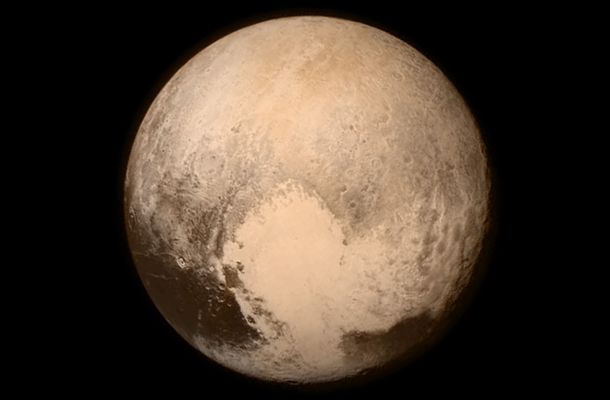
Pluto was widely thought to be the ninth planet overall. Many people grew up learning about it as the ninth plane. It was, however, reclassified in 2006 and is now recognized as one of the largest dwarf planets.
Pluto’s classification as a planet or a dwarf planet is still up for discussion. There is a 50% possibility that Pluto will ever again be referred to be a planet.
2. Pluto is believed to have rings.
Although the dwarf planet Pluto’s rings have not been observed, some scientists believe some faint and thin rings might exist surrounding the planet.
3. An 11-year-old girl gave Pluto its name.
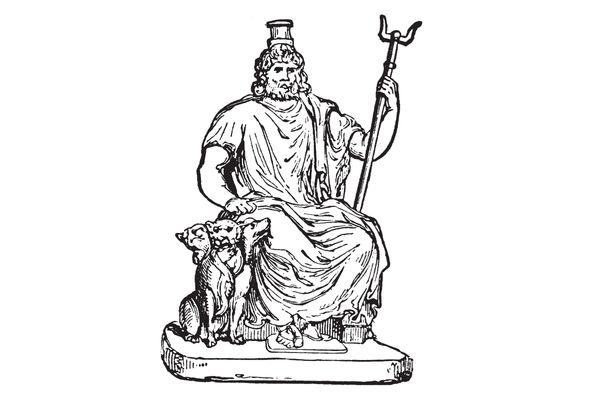
Venetia Burney, an 11-year-old from Oxford, England, gave Pluto its name. She proposed to her grandfather to give the name of the legendary Roman God of the underworld to the new astronomical finding.
The Lowell Observatory accepted the new name, which coincidentally contains the first two letters of Percival Lowell’s name after her grandfather suggested it to them.
4. Pluto is made up of one-third of water.
Pluto contains about 3 times as much water as in Earth’s oceans in the form of ice. Rocks make up the remaining two-thirds. The ice-covered surface of Pluto is home to several mountain ranges, bright and dark areas, and a smattering of craters.
Pluto may appear like a wonderful place for people to dwell because of its quantity of water, but Pluto’s distance from the Sun makes it improbable that humans will ever be able to settle there. Some have hypothesized that Pluto may contain an ocean deep below its surface; if this were the case, further research would need to be done to determine the likelihood of life.
5. Pluto’s atmosphere might appear at times.
The surface ice of Pluto thaws as its eccentric orbit brings it nearer to the Sun, creating a thin atmosphere made mainly of nitrogen that eventually exits the planet. There is a methane haze around it as well, which extends about 161 kilometers above the ground. The sunlight splits the methane into hydrocarbons, which float to the top and cover the ice in a black layer. Pluto moves away from the Sun, and the atmosphere returns to solid ice as it does.
6. Pluto is smaller than various moons.
These include the moon of Earth, Ganymede, Titan, Callisto, Io, Europa, and Triton. Pluto is 18 percent as massive as the moon and has 66 percent of its diameter. For around ten years, Eris was believed to be the biggest dwarf planet; however, Pluto has recently been determined to be the largest. Pluto’s width is only half that of the United States.
7. The surface gravity of Pluto is around one-fifth that of Earth.
A human who weighs 100 pounds or 45 kilograms on Earth would only weigh 3 kilograms or 7 pounds on Pluto. A near-circle with the sun in its center represents how most planets orbit the sun.
Also Read: Interesting and Fun Gravity Facts for Kids
8. Some people refer to Pluto and Charon, its biggest moon, as a “binary system.”
This is because their orbits’ barycenters are outside of them. Without a specific definition for binary dwarf planets from the IAU, Charon is categorized as a moon of Pluto.
9. Pluto appears reddish in color because of its hydrocarbon compounds.
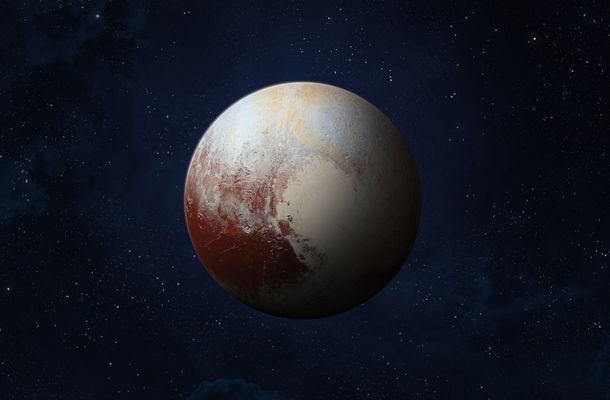
Pluto’s crimson hue is most likely the result of hydrocarbon molecules created when methane in Pluto’s atmosphere and on its surface reacts with cosmic rays and solar ultraviolet radiation.
When cosmic rays or ultraviolet light contact the methane in Pluto’s surface and atmosphere, organic compounds known as tholins, molecules that shower down onto the surface, are assumed to be the origin of the brilliant, red patches as seen on the planet.
10. Pluto follows an oval-shaped orbit around the sun.
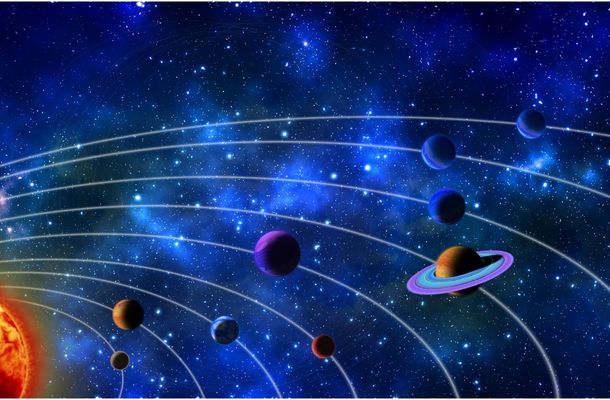
Almost every planet orbits the Sun in nearly perfect circles but, Pluto has a different orbital journey. With the Sun far from its center, it travels in an oval-shaped pattern. Additionally, its route is significantly inclined compared to the neat, ordered plane where all the planets circle.
Compared to the planets, Pluto’s orbit is peculiar because it is both elliptical and inclined. Pluto may travel up to 49.3 astronomical units (AU) from the Sun and as little as 30 AU in its 248-year-long, oval-shaped orbit.
11. There has only been one spaceship to visit Pluto.
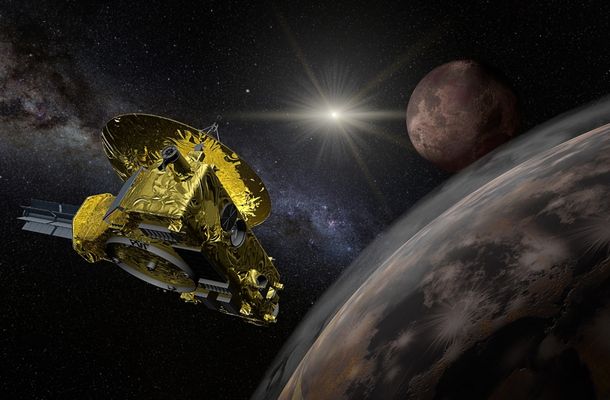
On July 14, 2015, the 2006-launched New Horizons spacecraft passed past Pluto and collected several photographs and observations. Currently traveling to the Kuiper Belt, New Horizons will cover even further-off celestial objects and will continue investigating other Kuiper Belt objects from roughly 2018 through 2022.
We are exploring and learning about the spacecraft known as New Horizons at the outer limit of our solar system.
12. Contrary to common perception, Pluto and Neptune cannot collide.
Since Neptune and Pluto are in each other’s orbits at their closest points, it is feared amongst people that they will intersect and collide. Their orbits do indeed cross; However, as Pluto’s orbit is highly skewed compared to the orbits of the other planets, there is no risk of a collision since, when Pluto makes this crossing, it is considerably below the plane that Neptune circles in.
Also Read: 21 Interesting Comet Facts
13. Pluto is mistaken to be a hot planet due to its red color.
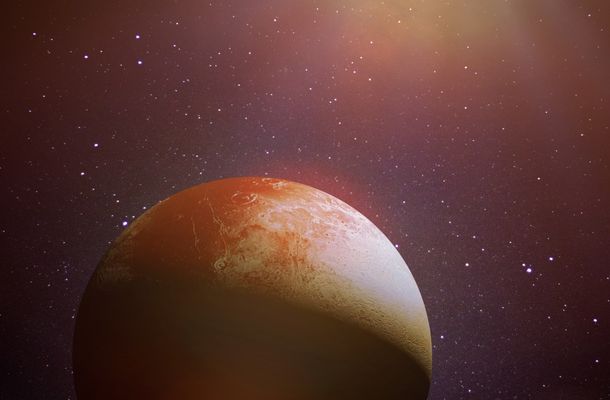
Pluto’s crimson hue may lead some people to believe it is hot, but this is not the case. Pluto is highly chilly since it is far from the Sun.
It is thought that because Pluto’s surface is highly frigid, life cannot survive there. One of the prerequisites for life is liquid water, yet on Pluto, water freezes into ice that resembles rock.
14. A whole day on Pluto lasts 153 hours, which is 6.4 times longer than an Earth day.
This indicates that Pluto hasn’t completed a full orbit of the Sun since we first became aware of it. This is because a year on Pluto corresponds to 248 years on Earth.
15. Pluto is also classified as a Plutoid.
All dwarf planets that are further from the sun than Neptune are called Plutoids, another term for a dwarf planet named after Pluto.
Also Read: Sun Facts For Kids
Conclusion
These are only a handful of the details of Pluto that we presently know. We are always learning new things, so check back often for updates if anything significant happens! It’s always exciting to discover more about what’s out there, and Pluto is one of the most fascinating dwarf planets in the universe!
